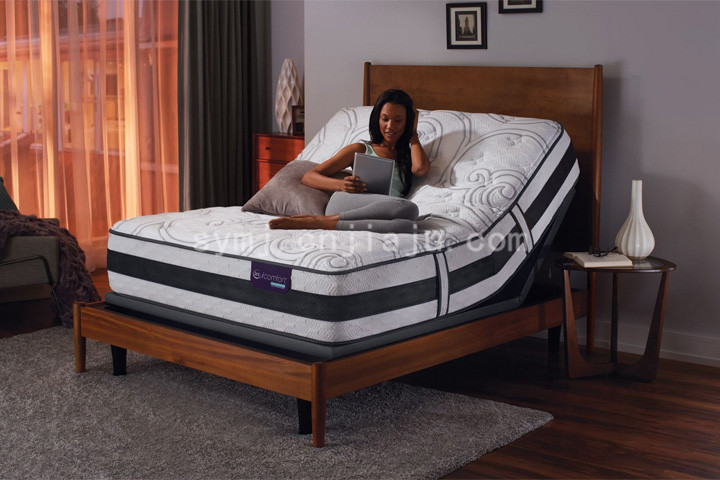Ming Style
Ming-style furniture is known for its elegant simplicity and refined craftsmanship. Unlike the Qing Dynasty, which saw the development of various regional styles, the Ming period did not have a distinct genre of furniture. Instead, it emphasized natural beauty, clean lines, and functional design. This style laid the foundation for later developments in Chinese furniture art.
Cantonese Style
During the Qing Dynasty, Cantonese-style furniture emerged as a prominent representation of regional craftsmanship. Guangzhou, being a major port for overseas trade, imported high-quality woods from Southeast Asian countries, such as rosewood and sandalwood. The Qing people favored rich, dark red tones, and the design often emphasized luxury and boldness. They used solid wood without mixing different types, ensuring consistency in material. To highlight the natural grain of the wood, they avoided painting and instead polished it to reveal its beauty. This approach gave rise to the distinctive characteristics of Cantonese-style furniture.
Ning Style
Ning-style furniture, originating from the Jiangsu region, is renowned for its intricate inlay work and decorative elements. It often features delicate carvings, jade inlays, and lacquer finishes, showcasing a high level of artistic craftsmanship. This style reflects the elegance and sophistication of the Jiangnan culture, making it highly valued among collectors and connoisseurs.
Beijing Style
Beijing-style furniture is characterized by its grand scale and strong imperial influence. It draws inspiration from both traditional Chinese designs and Western aesthetics, especially during the late Qing Dynasty. The furniture was often customized according to the emperor's preferences, leading to a blend of local and foreign elements. This style is marked by its heavy, sturdy construction and elaborate ornamentation, symbolizing power and prestige.
Su Style
Su-style furniture, also known as the Jiangsu style, represents the pinnacle of Ming-era craftsmanship. Although it declined in court popularity due to the rise of Cantonese and Beijing styles, it gradually shifted to the market to meet diverse consumer demands. To adapt, Su-style furniture improved its production techniques and materials. While maintaining an elegant appearance, it sometimes used mixed woods for structural parts, such as drawer backs and side panels. The carvings became more varied, featuring motifs like lingzhi mushrooms and cloud patterns, though they were less formal and more spontaneous compared to earlier styles. Seam repairs using patches helped maintain the overall aesthetic while preserving traditional craftsmanship.

With Side burner gas grill, Tabletop Gas Grill,Small Gas Grill,Portable Bbq Grill,Table Top Gas Griddle
JIANGMEN XINXIN METAL PRODUCTS CO., LTD. , https://www.bbqoutdoorgrill.com